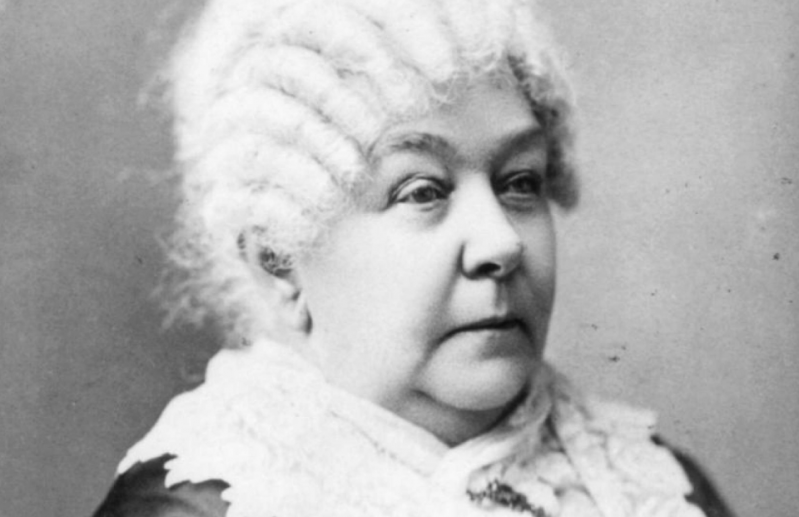The Accomplishments of Elizabeth Cady Stanton

© freethought-trail.org
Elizabeth Cady Stanton was a key figure in the fight for women’s rights and a pioneer in the suffrage movement. Despite facing numerous challenges and obstacles, Stanton dedicated her life to advocating for gender equality and social reform. But, who was Elizabeth Cady Stanton really and what were her significant contributions to society?
Who Was Elizabeth Cady Stanton?
Elizabeth Cady Stanton, born on November 12, 1815, in Johnstown, New York, was a prominent figure in the women’s rights and suffrage movements. She was the daughter of Margaret Livingston and Daniel Cady, a respected lawyer and state assemblyman. Stanton received her education at the Johnstown Academy and Emma Willard’s Troy Female Seminary. She became a key figure in formulating the agenda for women’s rights, which continued to shape the struggle well into the 20th century. Through her upbringing and conversations with her father, she gained an informal legal education that would influence her advocacy work.

What Were Her Accomplishments?
Elizabeth Cady Stanton married abolitionist lecturer Henry Stanton in 1840. Active in the anti-slavery movement, she worked alongside leading abolitionists like Sarah and Angelina Grimke and William Lloyd Garrison. While on her honeymoon in London, Stanton met Lucretia Mott, another abolitionist. Both were angered by the exclusion of women at the World’s Anti-Slavery Convention. They vowed to call a woman’s rights convention upon their return. In 1848, Stanton and Mott held the first Women’s Rights convention in Seneca Falls, New York. Stanton authored “The Declaration of Sentiments,” calling for social and legal changes to elevate women’s status, listing 18 grievances. She also circulated petitions to pass the New York Married Women’s Property Act.
It Didn’t Stop There
Elizabeth Cady Stanton, while remaining committed to advocating for property rights for married women and ending slavery, increasingly prioritized the women’s suffrage movement. She formed a significant partnership with Susan B. Anthony in 1851, collaborating on speeches, articles, and books. Stanton’s role in the movement continued despite the demands of raising seven children. After moving to Brooklyn and later New York City in 1862, Stanton engaged in Civil War efforts and advocated for the 13th Amendment.

She gained recognition as an outstanding orator, addressing various topics related to women’s rights. Stanton and Anthony opposed the 14th and 15th amendments for not including women’s suffrage, leading to the formation of the National Woman Suffrage Association (NWSA) in 1869. Stanton served as NWSA president, contributing to its journal and engaging in social and political commentary. In 1890, the major women’s suffrage groups merged into the National American Woman’s Suffrage Association.
Elizabeth Cady Stanton’s Last Years
In her later years, Elizabeth Cady Stanton focused on writing rather than traveling and lecturing. Collaborating with Susan B. Anthony and Matilda Joslyn Gage, she authored three volumes of the History of Woman Suffrage (1881-85), documenting the grassroots activism behind the suffrage movement. Stanton also penned articles on women and religion and published the Woman’s Bible (1895, 1898), advocating for a secular state and critiquing religious orthodoxy. Her autobiography, Eighty Years and More, highlighted her life’s work. Stanton passed away in October 1902 in New York City, 18 years before women gained the right to vote.
We shall remember Elizabeth Cady Stanton as a powerful woman who broke barriers and led with fearless eyes.
You might also want to read: What Is International Women’s Day and Why Do We Celebrate It?



